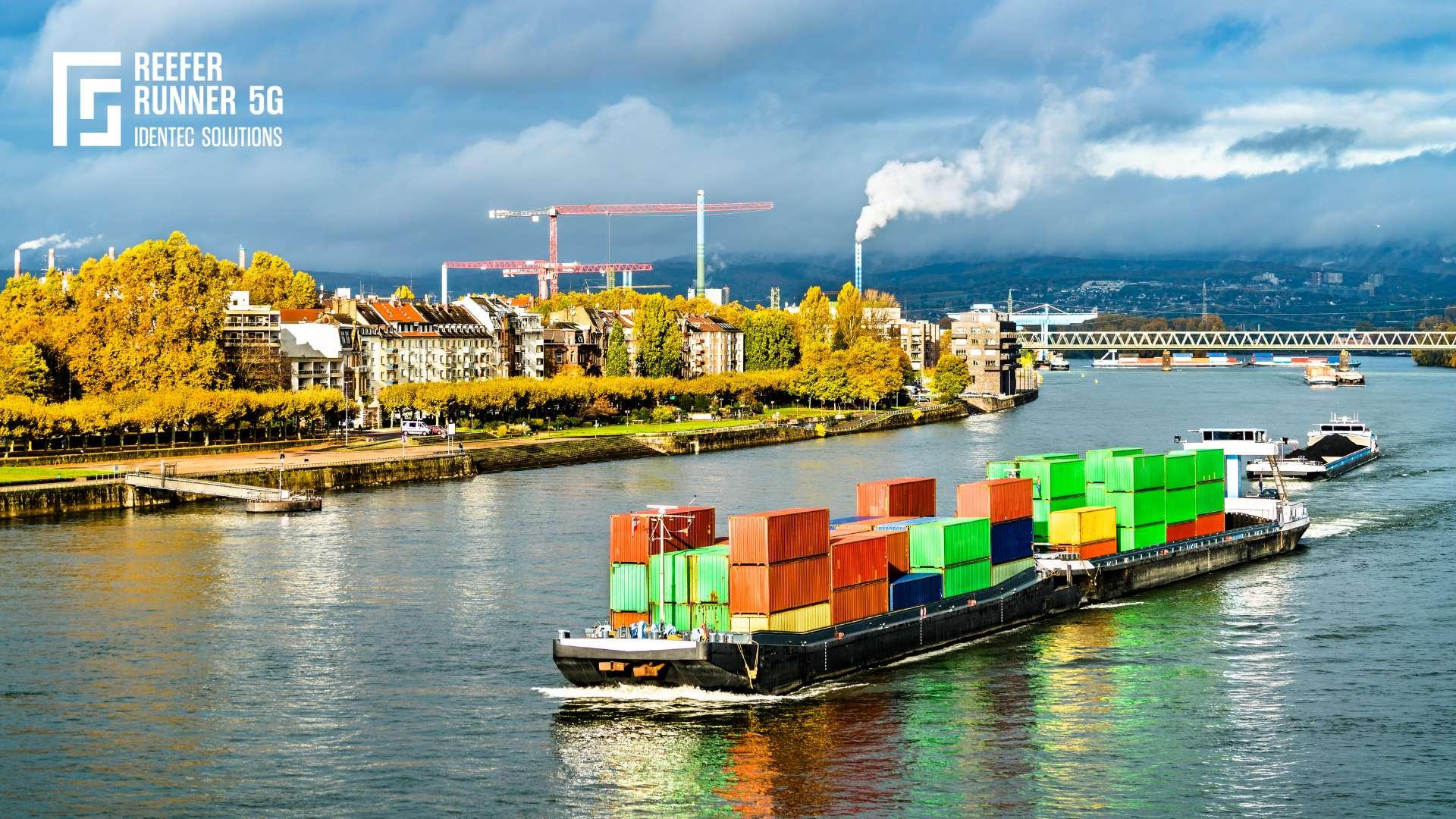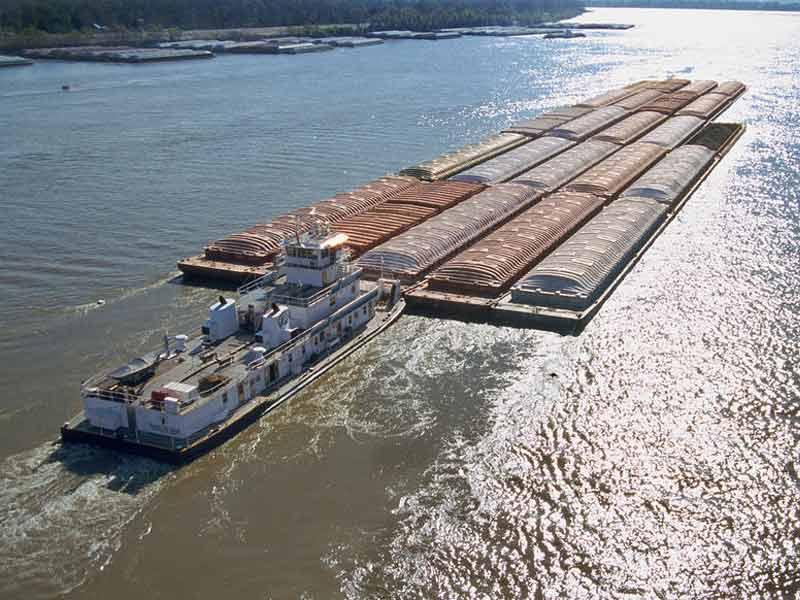In the world of logistics and shipping, barges represent a time-tested method of transporting goods across the water. With their ability to navigate intricate waterways and carry large quantities of cargo, barges play a crucial role in the global supply chain. From transporting bulk materials to serving as floating warehouses, these versatile vessels are an essential component of modern shipping operations. Join us as we dive into the world of barge logistics and explore the innovative ways in which these floating workhorses move goods from point A to point B.
Advantages of Barge Transportation for Efficient Logistics
One of the key advantages of utilizing barge transportation for efficient logistics is its capability to transport large quantities of cargo in an environmentally friendly manner. Barges have a significantly lower carbon footprint compared to trucks and trains, making them a more sustainable option for transporting goods. Additionally, barges can navigate through rivers, canals, and other waterways, allowing for access to areas that may be difficult to reach by road or rail.
Another benefit of barge transportation is its cost-effectiveness. Barges have lower fuel consumption and maintenance costs compared to other modes of transportation, making them a more affordable option for moving goods over long distances. Additionally, barges have the ability to carry oversized and overweight cargo that may not be feasible to transport via other methods. Overall, barge transportation offers a reliable, cost-effective, and environmentally friendly solution for efficient logistics.

Key Considerations in Barge Shipping for Businesses
When considering barge shipping for your business, there are several key factors to take into account to ensure a smooth and efficient transportation process. One important consideration is the size and capacity of the barge, as this will determine how much cargo can be transported in one trip. It is crucial to match the size of the barge to the volume of goods you need to transport to maximize efficiency and minimize costs.
Another key consideration is the route and logistics of the barge shipping journey. Factors such as water depth, bridge clearances, and potential obstacles along the waterway must be carefully evaluated to ensure safe passage. Additionally, understanding the environmental impact of barge shipping, such as emissions and fuel consumption, can help businesses make more sustainable transportation choices.

Navigating Challenges in Barge Logistics
When it comes to barge logistics, there are numerous challenges that companies may face. From unpredictable weather conditions to navigating through narrow waterways, the transportation of goods via barge can be a complex operation. One of the key challenges in barge logistics is ensuring timely delivery of goods to their destination. Delays in transit can result in increased costs and unhappy customers.
Another challenge in barge logistics is optimizing the cargo load to ensure maximum efficiency. Balancing the weight and size of the cargo on the barge is crucial to maintaining stability and safety during transportation. Furthermore, coordinating with other modes of transportation, such as trucks and trains, adds another layer of complexity to the logistics process. To overcome these challenges, companies must rely on efficient planning, communication, and coordination to ensure smooth operations in barge logistics.

Enhancing Shipping Operations with Barge Transport Integration
Barge transport is revolutionizing the shipping industry by offering a cost-effective and efficient solution for moving goods across long distances. By integrating barge transport into shipping operations, companies can reduce their carbon footprint and lower transportation costs. Barges have the capacity to carry large quantities of cargo, making them ideal for transporting heavy goods such as construction materials, agricultural products, and machinery.
With barge transport integration, companies can access more routes and ports, expanding their reach and increasing their flexibility. Barges can navigate rivers, lakes, and canals, providing a seamless connection between different modes of transportation. By incorporating barge transport into their logistics strategy, companies can streamline their supply chain, improve delivery times, and enhance overall operational efficiency. Embracing barge transport is not only environmentally friendly but also economically beneficial for businesses looking to optimize their shipping operations.
Concluding Remarks
In conclusion, barge logistics offer a sustainable and cost-effective solution for transporting goods across rivers, canals, and coastal waters. With their ability to carry large volumes of cargo and navigate through shallow waters, barges play a vital role in the global shipping industry. Whether it’s moving bulk commodities or heavy equipment, barge transport provides a reliable and efficient option for businesses looking to streamline their supply chain. So next time you see a barge gliding through the water, remember the essential role it plays in keeping goods moving smoothly around the world. Thank you for exploring the world of barge logistics with us. Happy sailing!